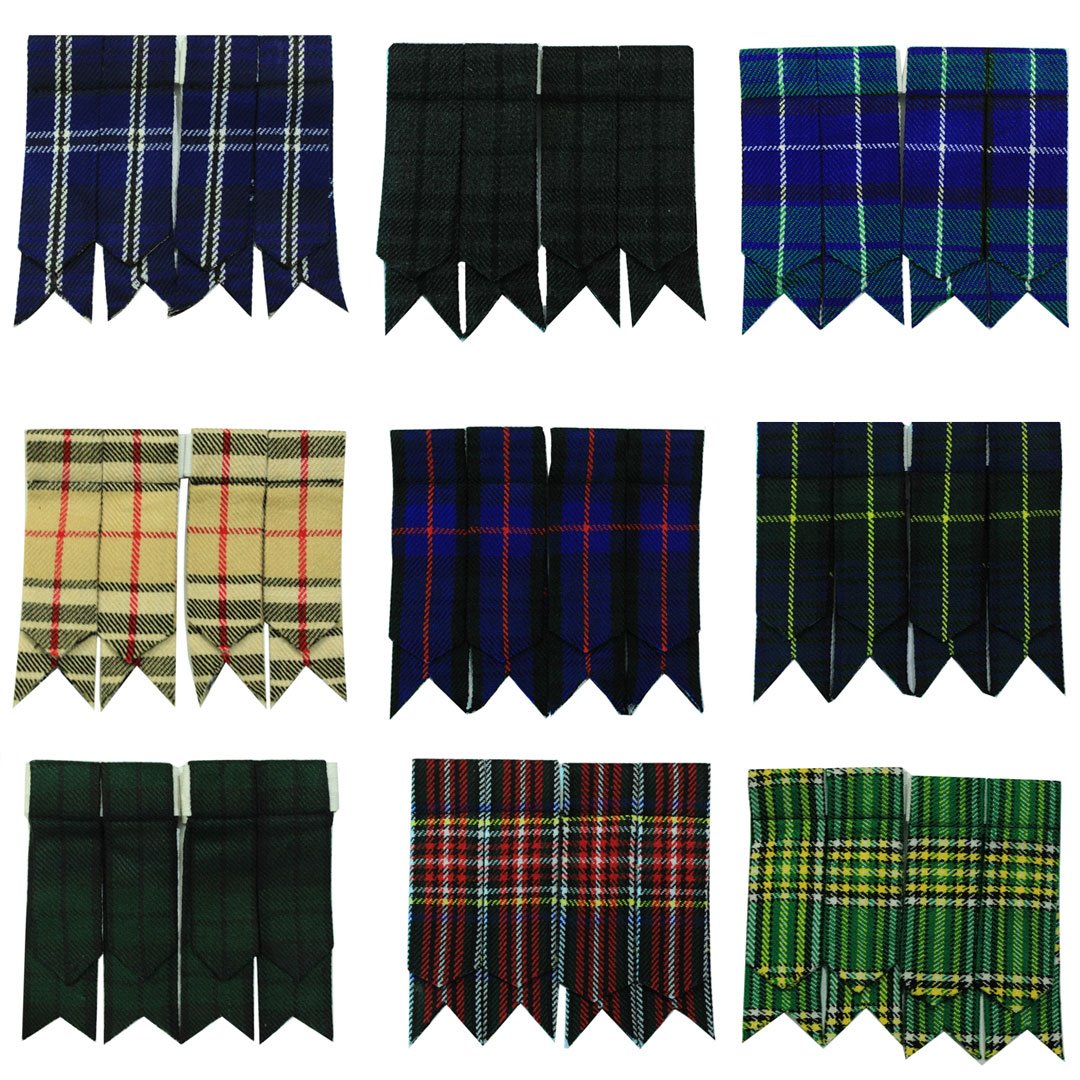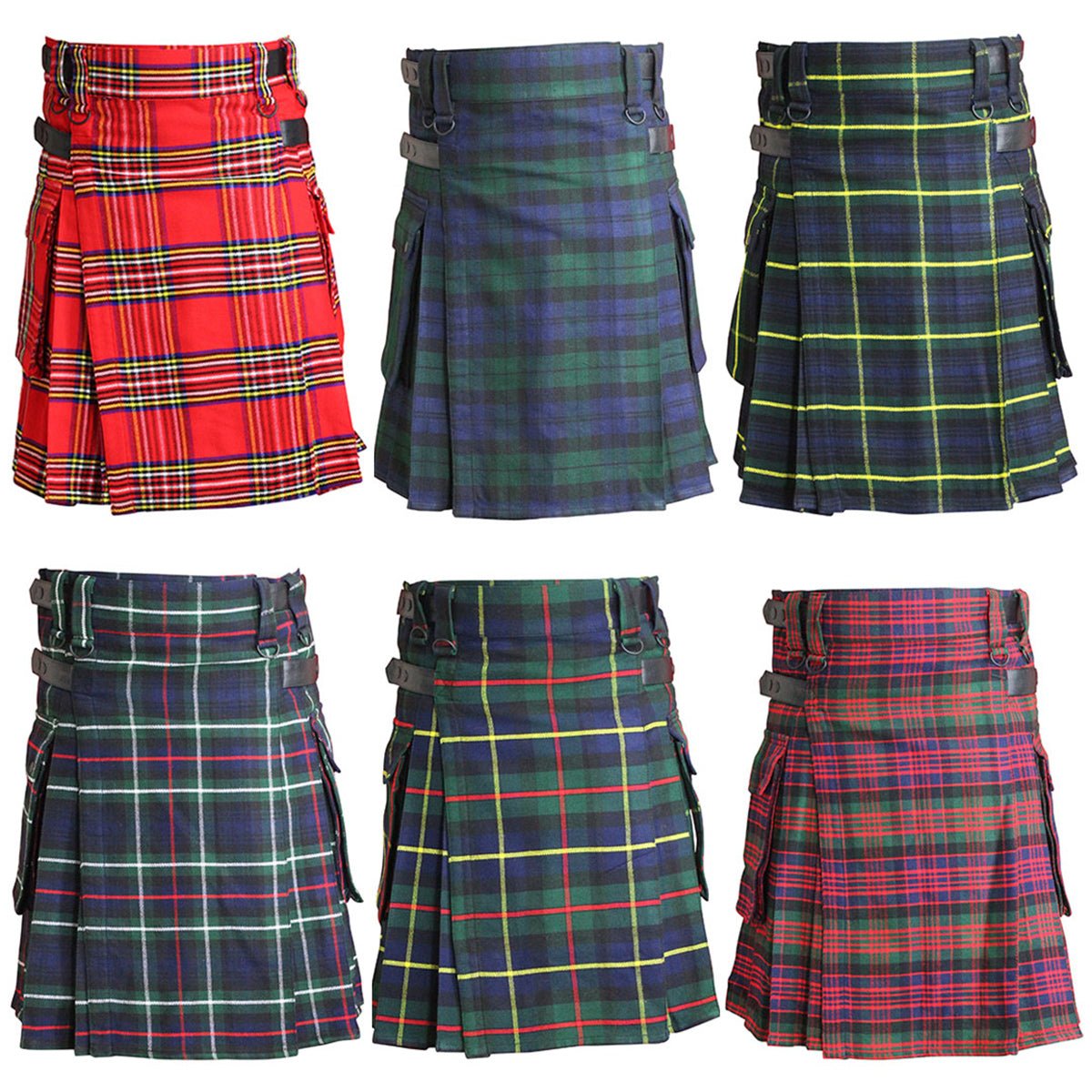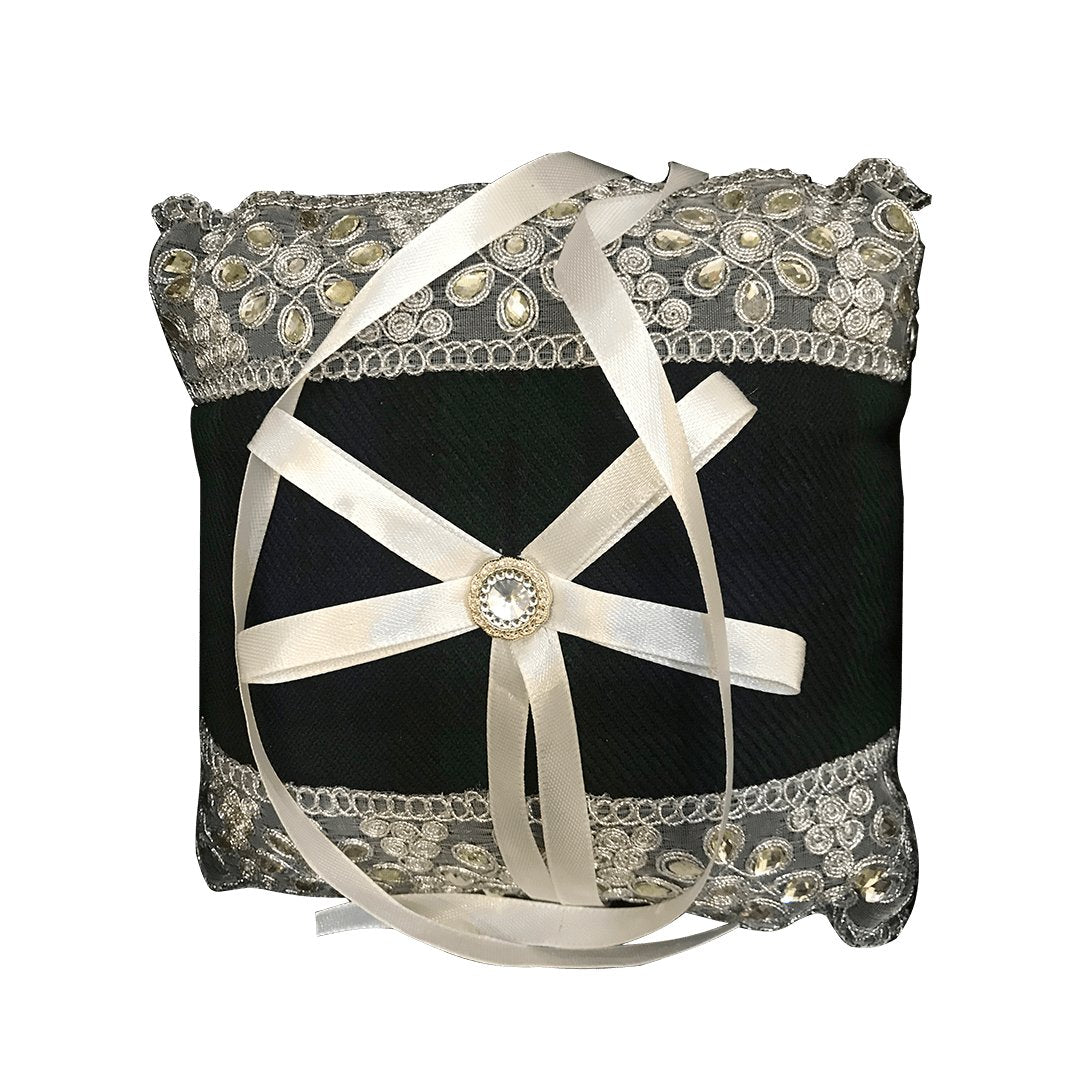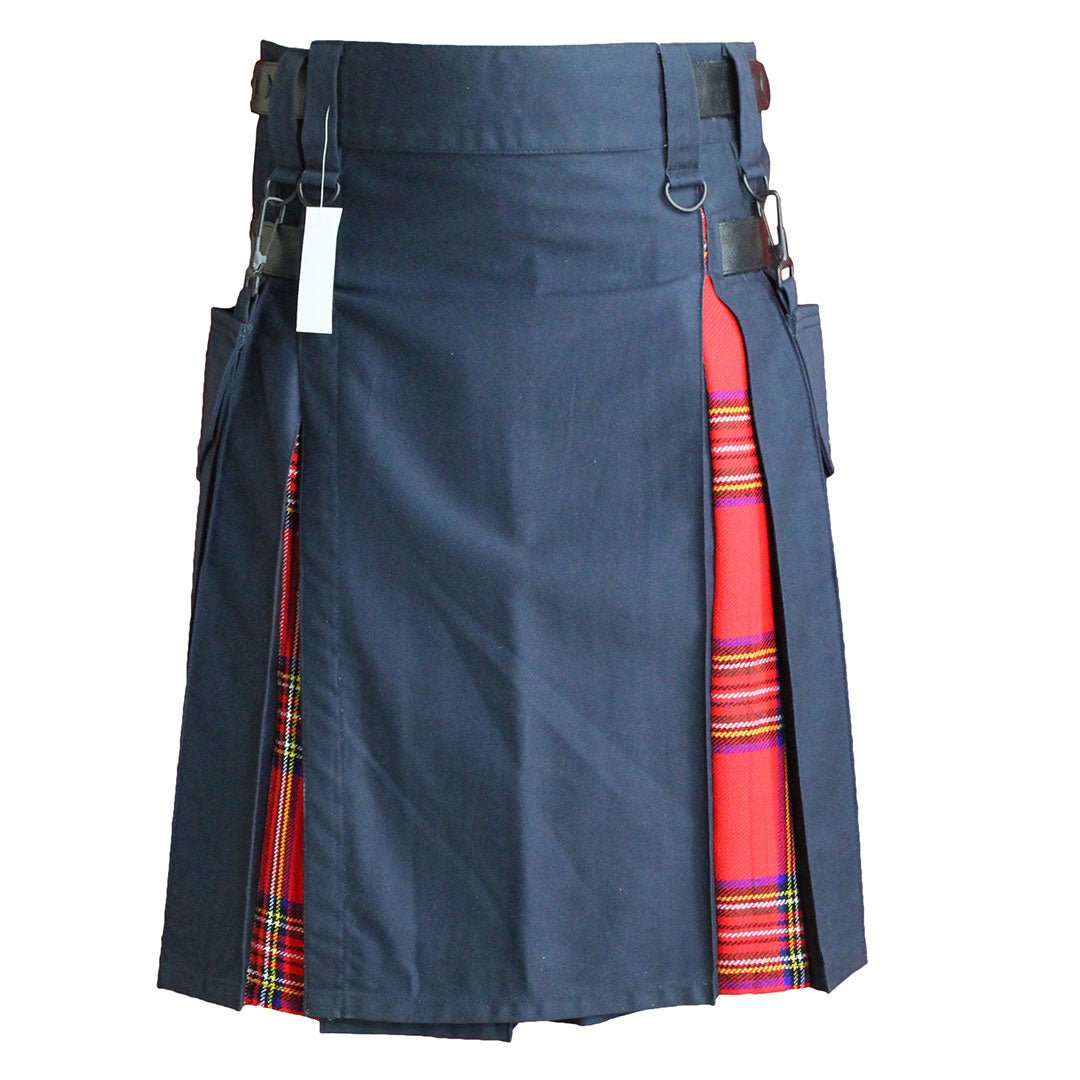Historical Significance
The tartan, often referred to as the "fabric of Scotland," has roots that trace back to the early Celts, who utilized distinct patterns to represent their clans and regions. Tartan's significance extends beyond mere aesthetics; it embodies a rich cultural heritage and serves as a symbol of identity. Notable figures like Sir Walter Scott helped popularize tartan in the early 19th century, leading to its association with Scottish nationalism. The Highland Dress Act of 1746, which banned the wearing of tartan, further solidified its status as a symbol of resistance and resilience among Scots. Today, tartans are celebrated around the world, signifying pride in Scottish heritage.
Color Scheme & Pattern
Celts, The Tartan of Tartan features green, red, blue, yellow, and black as its primary colors. The bold green symbolizes the lush landscapes of Scotland, while the red represents courage and bravery. Blue adds a sense of loyalty and strength. The pattern is accented with thin yellow and black lines, creating a harmonious design that is both eye-catching and deeply connected to the rich heritage of the Scottish people. Crafted from 100% acrylic wool, this tartan ensures durability and comfort, making it perfect for both formal occasions and everyday wear.
Why Choose us
At our establishment, we pride ourselves on offering a wide range of Scottish cultural products, including custom kilts, skirts, and a full selection of tartan accessories and clothing. Our commitment to custom craftsmanship, ethical practices, easy maintenance, competitive pricing, high-quality materials, and rigorous quality assurance ensures you receive only the best. Experience the heritage and elegance of Scottish attire with us.

 100% Acrylic Wool
100% Acrylic Wool Available in 5500 tartans
Available in 5500 tartans Custom made in 1-2 weeks
Custom made in 1-2 weeks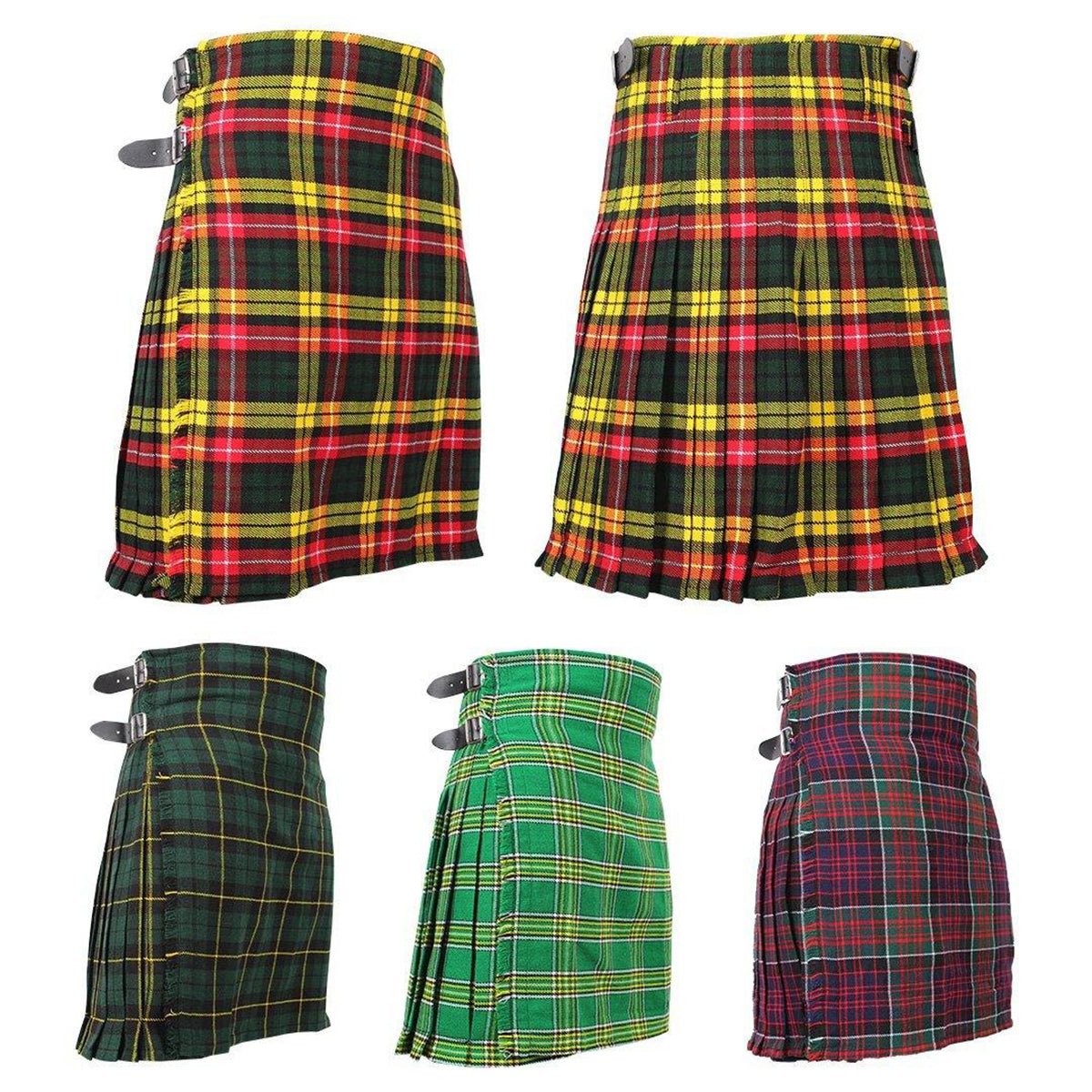
 100% Acrylic Wool
100% Acrylic Wool Available in 5500 tartans
Available in 5500 tartans Custom made in 1-2 weeks
Custom made in 1-2 weeks Kilt Available In 5-8-9 Yards
Kilt Available In 5-8-9 Yards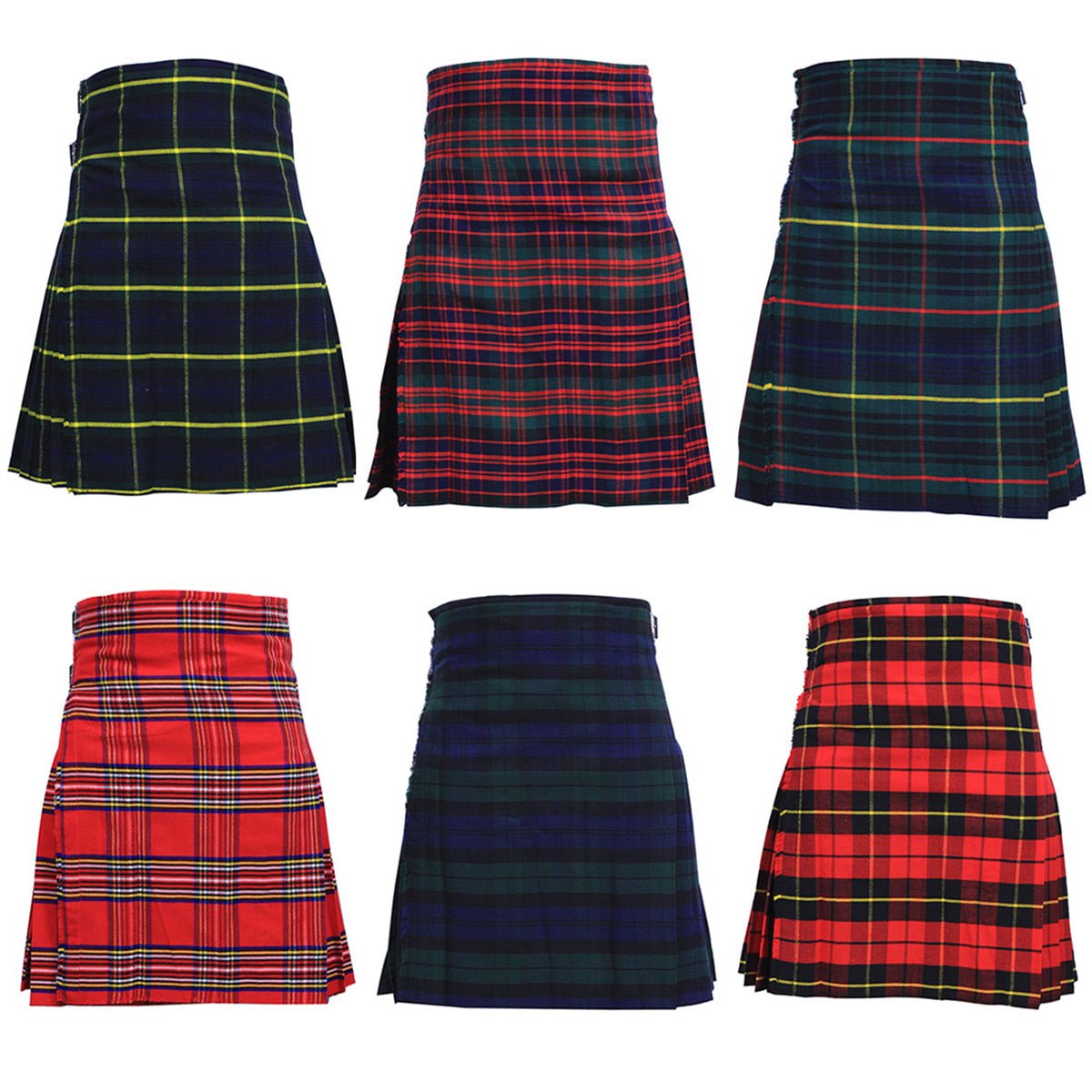
 100% Acrylic Wool
100% Acrylic Wool Available in 5500 tartans
Available in 5500 tartans Custom made in 1-2 weeks
Custom made in 1-2 weeks Kilt Available In 5-8-9 Yards
Kilt Available In 5-8-9 Yards













